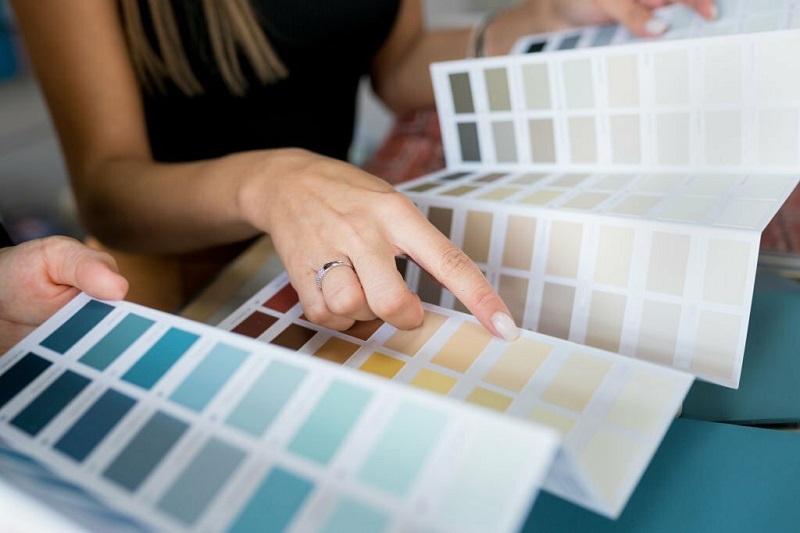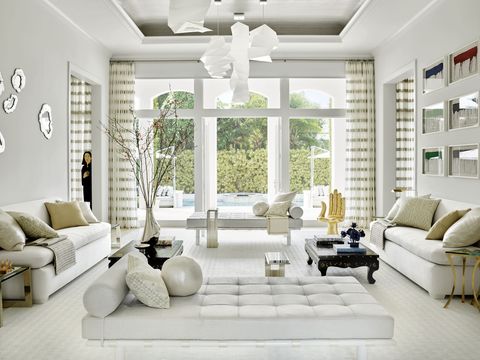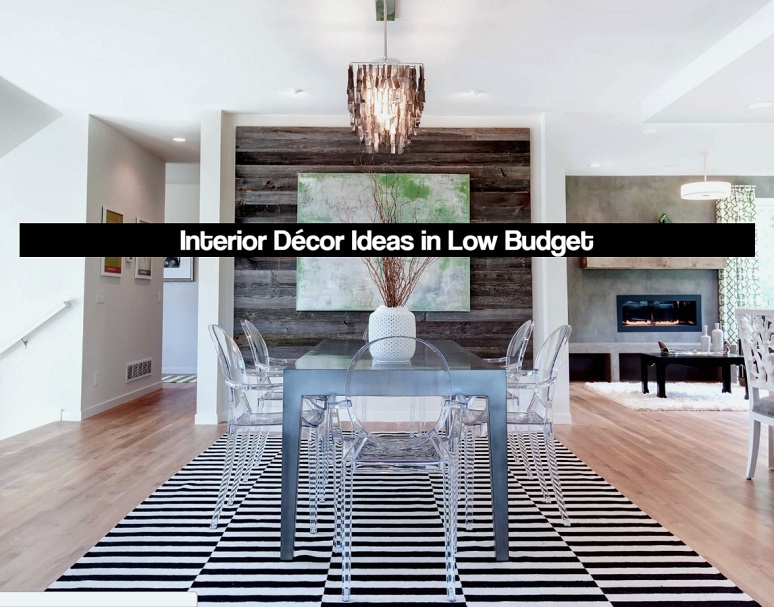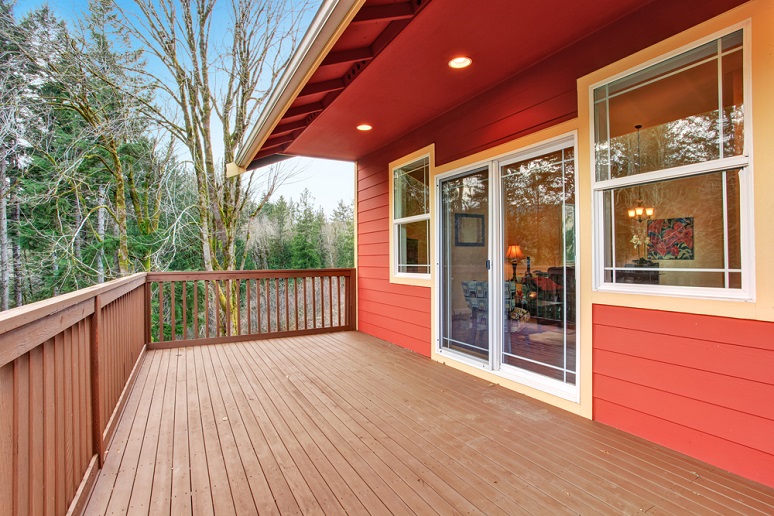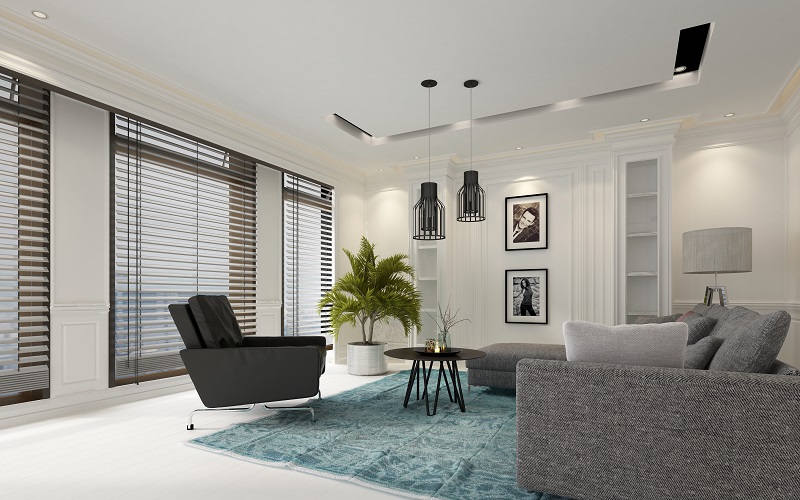Selecting the right colors for your home is a pivotal decision, as it significantly influences the ambiance, mood, and overall aesthetic of your living space. The perfect color scheme can transform a house into a home, reflecting your personality and creating a harmonious environment. In this comprehensive guide, we will delve into the art and science of choosing the right colors for your home. From understanding color psychology to exploring various palettes and their impact on different rooms, this article will provide you with valuable insights to make an informed decision.
Understanding Color Psychology in Home Decor
Understanding color psychology is essential in creating a harmonious and inviting atmosphere in your home. Colors have the power to influence our emotions, moods, and even behaviors. Warm tones like reds and yellows evoke feelings of energy, passion, and happiness, making them suitable for social spaces like the living room or dining area. On the other hand, cool tones such as blues and greens exude calmness, tranquility, and stability, making them ideal for bedrooms and home offices. Neutral colors like beige and white offer a sense of balance and sophistication, creating a versatile backdrop for various decor styles.
It’s crucial to consider the function of each room and the emotional impact you want to achieve. For instance, choosing calming blues for a bedroom can promote relaxation and better sleep, while vibrant reds in the kitchen can stimulate appetite and conversation. By understanding how different colors affect our psyche, you can strategically incorporate them into your home decor, creating spaces that not only look visually appealing but also resonate with the desired emotions and ambiance.
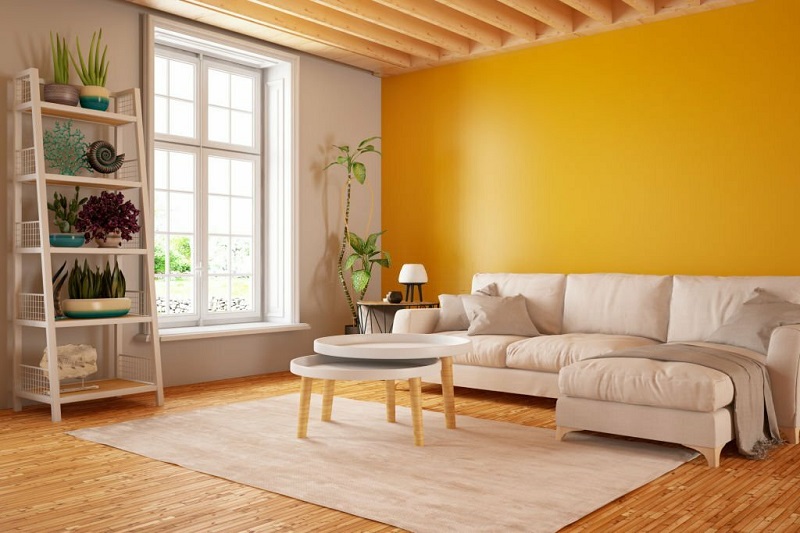
Also read – Trendy Paints for Your Home Before Sale
Setting the Mood with Warm and Cool Tones
Color psychology plays a vital role in interior design. Warm tones like reds, oranges, and yellows evoke feelings of warmth, energy, and intimacy, making them ideal for social spaces like the living room or dining area. On the other hand, cool tones such as blues, greens, and purples bring a sense of calmness and serenity, making them suitable for bedrooms and study areas. Understanding the psychological impact of colors can help you create the desired atmosphere in each room of your home.
Neutral Elegance with Beiges and Whites
Neutral color palettes, consisting of shades like beige, white, and gray, provide a timeless and versatile backdrop for any home. These colors create an illusion of spaciousness and allow for easy integration of different decor styles. Beiges and whites can be paired with vibrant accents for a modern look or combined with natural elements for a rustic ambiance.
Vibrant and Bold with Jewel Tones
Jewel tones, such as emerald green, sapphire blue, and deep ruby red, add a touch of luxury and opulence to your home. These colors work well as statement pieces in furniture or wall accents, infusing energy and personality into your living space. Pairing jewel tones with metallic finishes or light neutrals can create a balanced and sophisticated atmosphere.
Also read – 7 Things to Consider When Hiring a Painting Contractor
Considering Natural Light and Room Size
Natural light significantly impacts how colors appear in a room. Rooms with ample sunlight can accommodate darker shades, while spaces with limited natural light benefit from lighter hues, which make the room feel more spacious and airy. Additionally, the size of the room should influence your color choice. Light colors visually expand small rooms, while darker shades can create a cozy atmosphere in larger spaces.
Testing Samples and Considering Finishes
Before committing to a color, it’s crucial to test paint samples on your walls. Observing how the color looks in different lighting conditions helps you make an informed decision. Additionally, consider the finish of the paint. Matte finishes create a subtle, elegant look, while satin or gloss finishes are easier to clean and maintain, making them ideal for high-traffic areas.
Conclusion:
Choosing the right colors for your home involves a thoughtful analysis of your preferences, the room’s purpose, and the interplay of light. By understanding color psychology and exploring various palettes, you can create a home that not only looks visually appealing but also resonates with your emotions and lifestyle. Remember to consider natural light, room size, and paint finishes to enhance the overall effect. With these insights in mind, you can embark on your home decor journey with confidence, transforming your living space into a sanctuary that reflects your unique style and personality.

